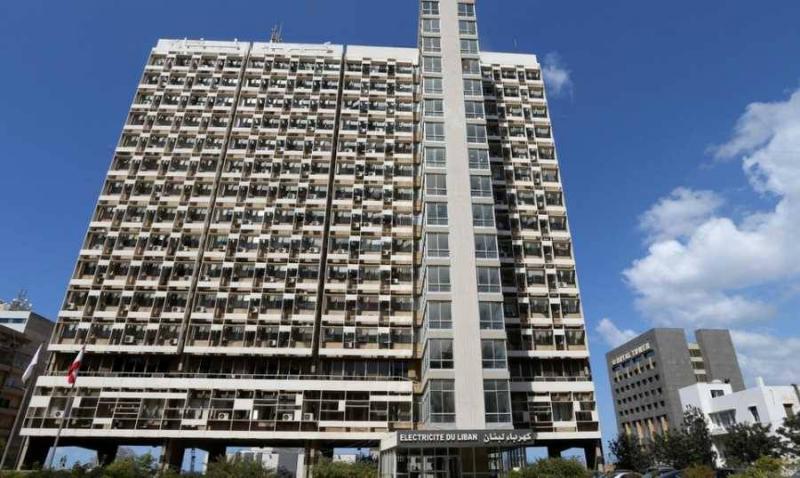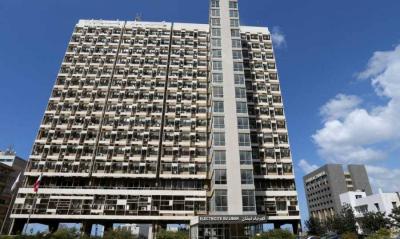The issue of increasing the electricity tariff seems to have reached a boiling point, as after the Ministry of Energy approved the decision of the Board of Directors of Electricité du Liban to raise the tariff, it remains for the Ministry of Finance to sign off on it, along with the approval of the Cabinet before it comes into effect. So how will the electricity tariff price change? And when will the power supply start to improve?
The Minister of Energy has stated twice this week, confirming that the new electricity tariff is imminent, and after the approval of the decision by the Ministry of Energy, it has been forwarded to the Ministry of Finance for approval. The increase in the tariff is expected to coincide with an increase in supply hours. However, sources following the situation tell "Al-Jumhuriya" to remain optimistic; so far, all promises are positive, but Electricité du Liban needs to receive something in writing to feel that matters are genuinely moving towards implementation.
According to information available to "Al-Jumhuriya," the new electricity tariff approved by the Board of Directors of Electricité du Liban will be variable and linked to two factors: the dollar price on the Sayrafa platform and the global price of a barrel of oil or gas (if it is imported from Egypt). The pricing is divided into two categories: 10 cents for the first 100 kilowatt-hours, rising to 27 cents once it exceeds 100 kilowatts, under two conditions: first, if state administrations and Palestinian camps commit to paying their bills, which are estimated to cost around 200 million dollars annually, representing about 12 to 13% of total production, and second, that the cost of Iraqi oil does not fall on Electricité du Liban.
The sources clarified that this pricing of 27 cents considers that the global price of oil is 110 dollars per barrel; thus, if the price decreases, the tariff will certainly be lower. In a simple calculation, if we assume Sayrafa's price is 28,000, this means the tariff will be 2,800 Lebanese pounds per kilowatt-hour, rising to about 9,000 Lebanese pounds per kilowatt-hour once consumption exceeds 100 kilowatt-hours, with fixed fees (rehabilitation fee + hourly fee) also calculated based on the Sayrafa dollar.
**Supply Hours**
In response to a question, the sources confirmed that the tariff increase is expected to contribute to an improvement in supply, increasing it to between 8 to 10 hours daily (8 hours in summer and 10 hours in winter), but maintenance of the power generation units must precede these improvements. It was explained that as soon as the new tariff begins, there will be at least a gap of 4 to 6 months before collection starts according to the new pricing. Therefore, state assistance is needed initially to cover the time gap between improving supply and the start of the new collection, as this step is essential for citizens to perceive an improvement in electricity supply. However, sources stressed the necessity of securing fuel or gas before starting to enhance supply.
**How Will Funds Be Secured?**
In response to a question about whether there are guarantees from the Central Bank that it will provide dollars for fuel needed by Electricité du Liban through the Sayrafa platform, which has been rejected over the past two years, the sources indicated that concerned parties received promises from the Central Bank to provide dollars via the platform, which is expected to happen following the cessation of support for gas prices, a step anticipated next week.
The sources warned that moving forward with the electricity tariff increase without approval for its replacement with dollars to purchase fuel, or if it takes the Central Bank too long to open credits for the stationary vessels at sea, will lead to conflict with the public and threaten the country with complete darkness. They emphasized that to effectively implement the tariff increase and improve collection, we need security support, judicial support, the Ministry of Finance to fulfill credit requests, and most importantly, that the Central Bank agrees to convert Lebanese pounds into dollars through the Sayrafa platform.




